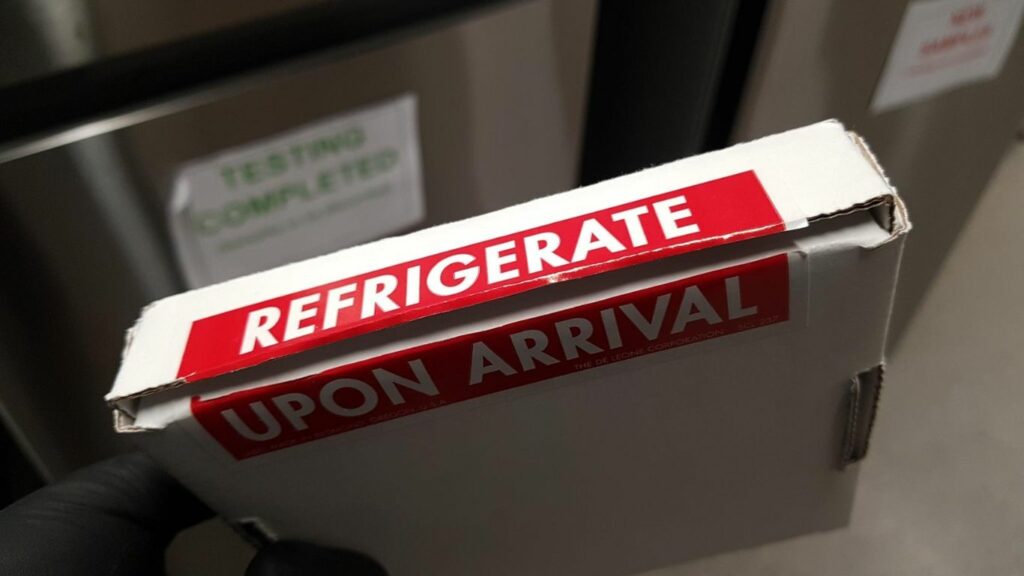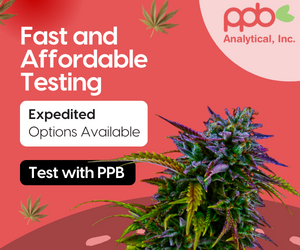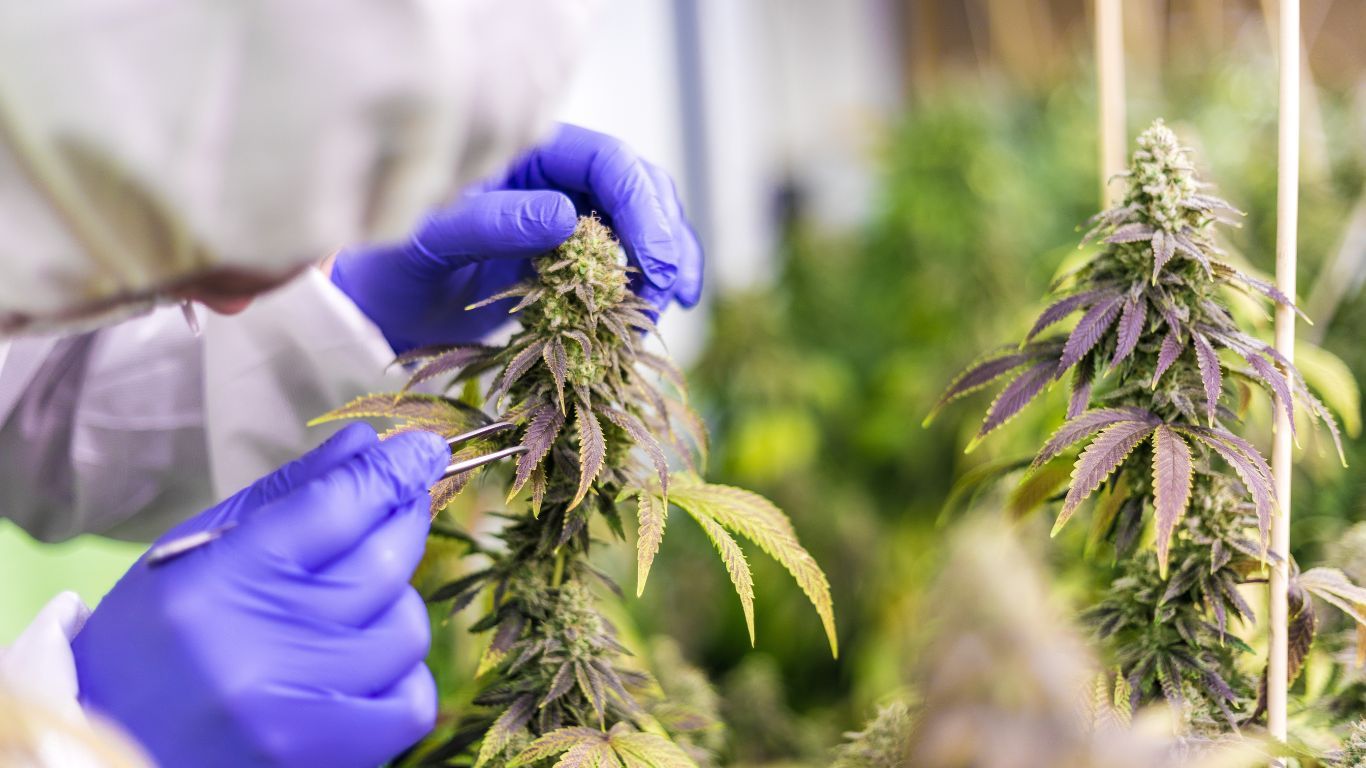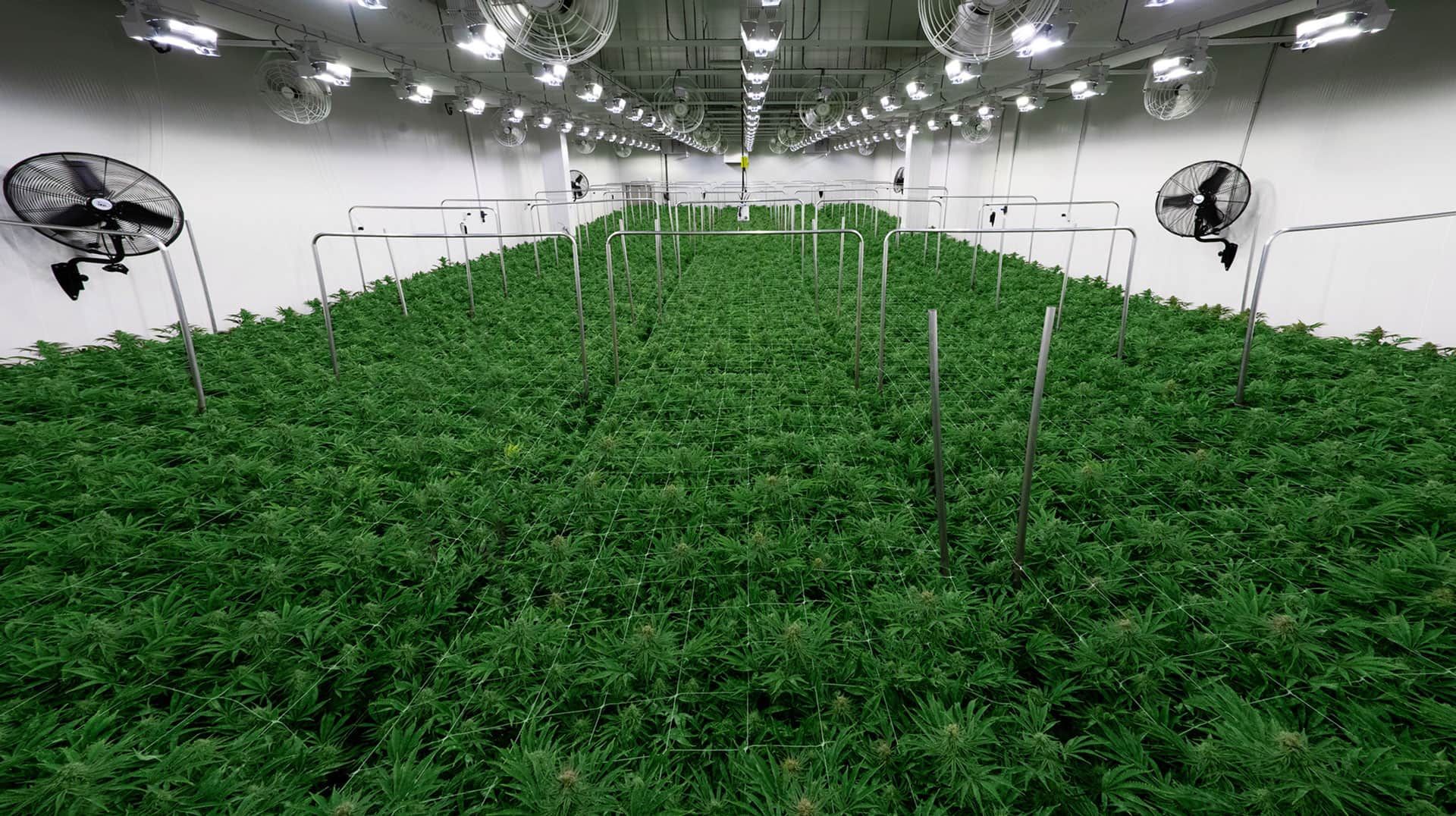
Early last December, I penned an article for StratCann voicing my hope that Health Canada’s freshly announced allowance of the production and sale of new cannabis testing standards could bring an end to hyperinflated THC values in the Canadian cannabis market.
I made the erroneous assumption that this announcement that labs can now produce and sell standard reference materials (SRMs) meant that no such standards were previously available.
I have since been privately corrected by some kind and highly qualified folks who reached out via Twitter and email to set the record straight, and they have graciously agreed to allow me to quote them for the purpose of correcting my earlier article.
Thomas Fraleigh is an analytical chemist who heads up Vivariant Laboratories in Mississauga, Ontario. Thomas contacted me via DM on Twitter shortly after my last article came out to let me know that, while he agrees that there is a big problem with inflated THC values being reported by some labs in Canada, SRMs have been available this whole time, so that’s not where the issue lies.
“ISO 17025 accredited labs are required to participate in yearly proficiency tests for services listed on their scope of accreditation to maintain their accreditation status,” says Fraleigh, “so there are already labs, like us, who participate in these programs today. We do twice-yearly cannabinoid potency testing with CALA/PT Canada, where they send us blind samples and we have to test and report back to them, and pass, in order to maintain our ISO 17025 accreditation.
“As someone who faces this every single day, I appreciate more dialogue and focus on the issue, but I don’t think that the debut of more SRMs is going to abolish, or even really dent, the issue of THC value inflation.
“I don’t think that the debut of more SRMs is going to abolish, or even really dent, the issue of THC value inflation.”
Thomas Fraleigh, Vivariant Laboratories
“There is a lot of focus on machine calibration or HPLC method as being the source of the discrepancies, but my genuine belief is that most ‘tipping of the scales’ is happening pre-analytically, ie. before the extracted and prepared sample vials reach the analyzer.
“The pickle gets more pickled when you consider that some labs are ‘being bad’, but also so are some LPs who may do things like dry the sample prior to analysis or heavily bias their sample taken for analysis. Honestly, if a lab is already ‘being bad’ and inflating some client values, there’s no reason they couldn’t just test the SRM as normal, report the values, get rated as honest, and then go back to ‘being bad’ with client samples.”
Some of these sentiments were echoed when I spoke with Rick Moriarity, COO of High North Laboratories in Woodbridge, Ontario, who reached out to StratCann via email.
When I asked him what he felt was leading to the issue of higher-than-realistic THC values, he said that he feels that the issue is complex and there is no magic bullet to fix it.
“I believe there are so many factors from education to regulation,” he wrote. “There seems to be confusion in the industry that higher total THC in dried flower equals higher potency. This confusion is not helped by provincial buyers who demand higher THC dried flower products and are purchasing only 23-25% total THC and higher products. I’ve even seen front page banners on OCS.ca with regards to ‘high THC flower’.”

So while this new allowance for more SRMs isn’t likely to be the cure for the dishonest laboratory and producer practices that I had hoped for, both Fraleigh and Moriarity say there are potential solutions that could be implemented by Health Canada to address the issue.
“Although cannabis is my lab’s main business,” says Fraleigh at Vivariant, “we are licensed to test pharmaceuticals (GMP), and I do a little work in that space, which means we are audited very heavily by Health Canada’s GMP division (different from the cannabis division). So the idea of falsifying or ever tampering with any results in our system is not worth leaving skeletons in the closet for them to find.
“I think that the only way we are going to see progress with reigning in this issue,” Fraleigh continues, “is if Health Canada’s cannabis division begins to step up and put forth standardized methodologies for analysis—including standardized practices for sample preparation starting from the very beginning—ie. collection of the flower for analysis, size of sample/subsample to use in analysis, sample grinding, etc.
“There are some labs out there that are inflating THC numbers. It is evident by the fraudulent label claims. We have tested some of the inflated numbers and have had as much as a 12% THC variance compared to the label claim.”
Rick Moriarity, High North Laboratories
“Other strategies could include surveillance re-testing of high potency listings and investigations when discrepancies are identified. We have seen HC start to send letters to dry flower producers who list SKUs above 35% total potential THC warning them that ‘you better not be putting an infused flower on the market and calling it dry flower when in fact it’s a concentrate’, but the suggestion that the laboratory analysis could play a role is completely absent from these warnings.”
“With regards to regulatory changes,” says Moriarity at High North, “I believe it needs to begin at the producer level. Health Canada currently does not limit batch size; therefore, larger producers can submit their sample for cannabinoid testing and it is supposed to be representative. Most producers do a great job at doing their best to make it representative, but how is 5g representative of a batch that is, say 200kg?
“Cannabis flower can have plenty of variance in THC levels, even on the same branch, for example. We’ve done some experiments and seen a ~25% variance in THC and terpenes on the same branch. When homogenized, the results were roughly in the middle of the lowest and highest concentration from that branch. If the batch size is limited, then better direction on how to take a representative sample can be added to the regulations. This can also enforce a minimum sample size that needs to be sent to a lab.
“For the lab,” he continues, “there are many steps to have a strong method, from using two sources of CRMs, to how the lab homogenizes the sample, to the solvent used for extraction during sample preparation.
“Licence holders rely on the laboratories using the best practices, equipment, and standards available. It’s important to know your lab and work with a reputable lab. There are some labs out there that are inflating THC numbers. It is evident by the fraudulent label claims. We have tested some of the inflated numbers and have had as much as a 12% THC variance compared to the label claim. The other option is if regulations say to test cannabinoids in triplicate using 3 samples of the same lot and either take the average or create a range for lowest to highest.”
–Until it closed last spring, Ryan was the general manager of Aurora’s 200-acre outdoor facility in Westwold BC (which is now a heavily fortified garlic farm). He’s currently looking for new opportunities. Previously, he was one-half of Verp, a news editor for Lift (before the ampersand), managing editor at Canlio, and a longtime employee and ally of the Victoria Cannabis Buyers’ Club.
–Images by Thomas Fraleigh












